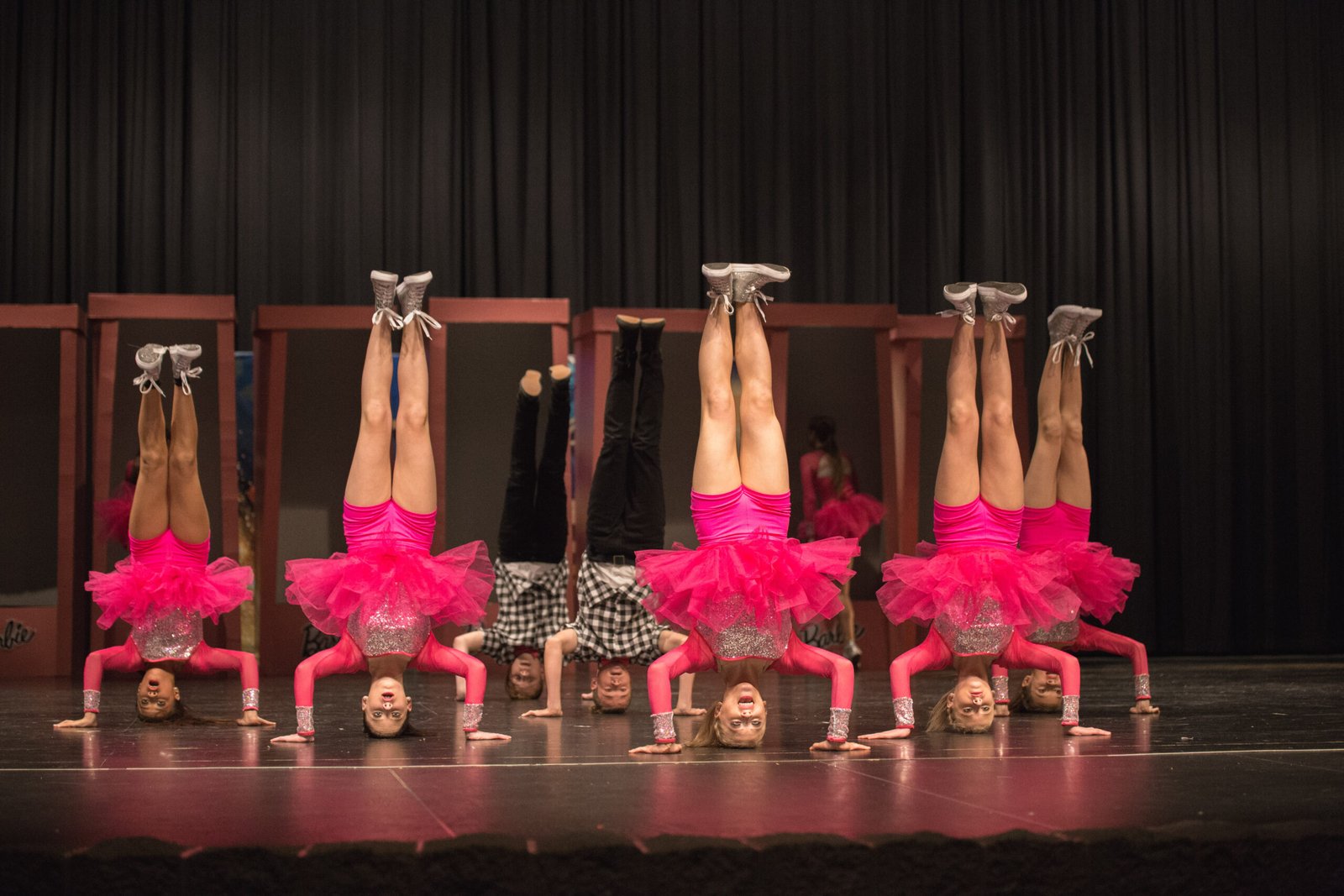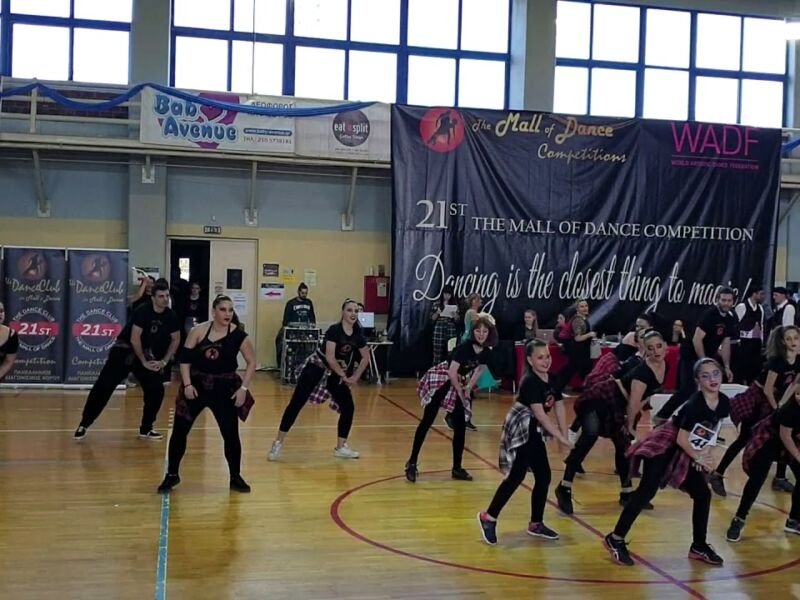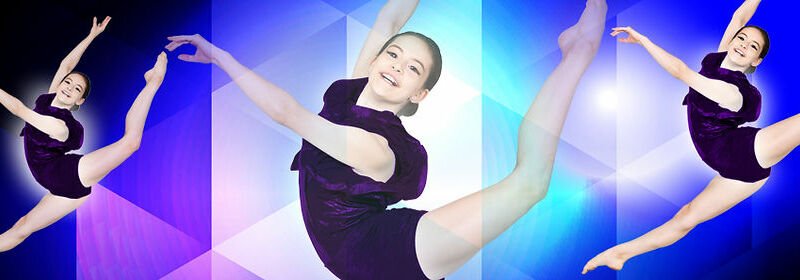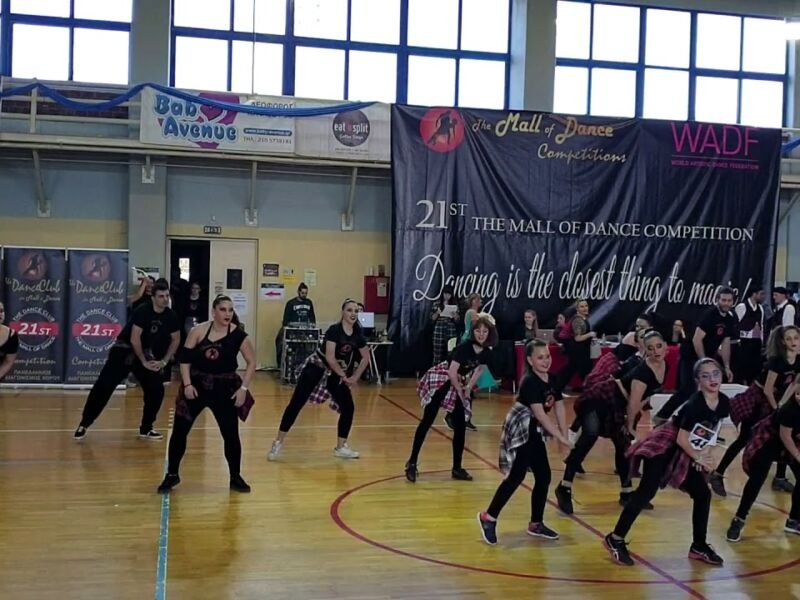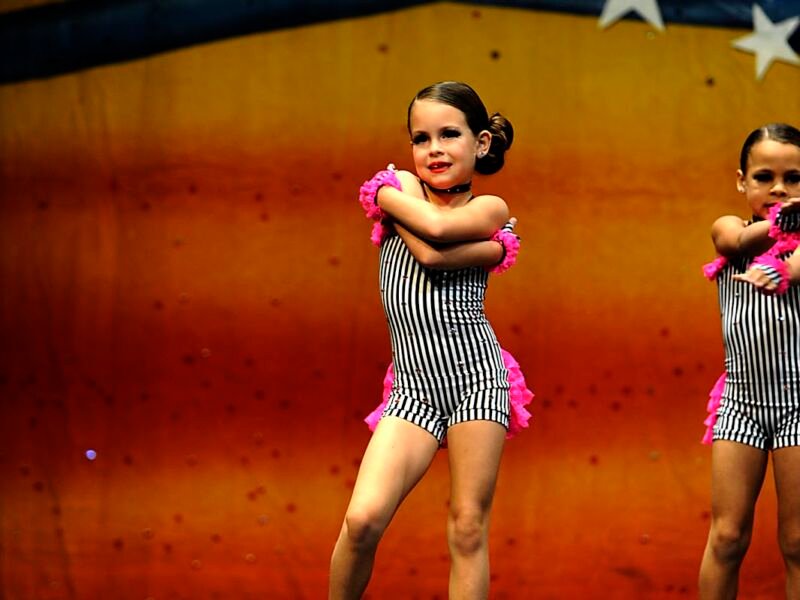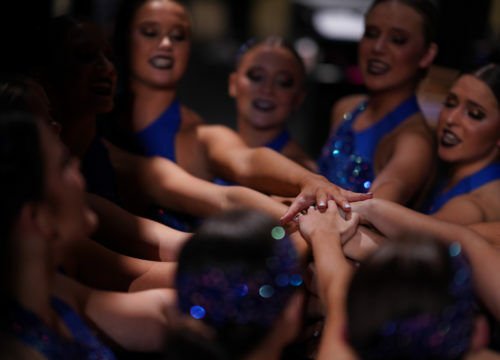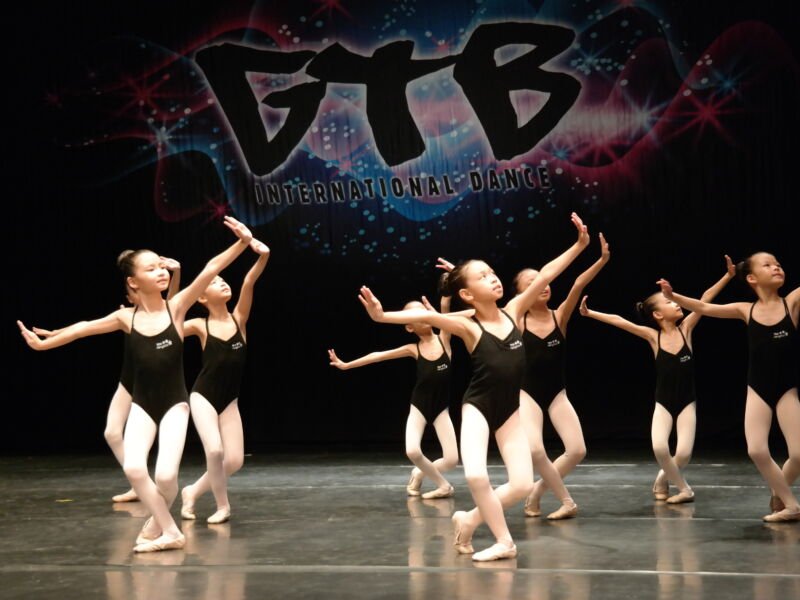
The Evolution of Dance Competitions: From Classic to Contemporary
Dance competitions have been an integral part of the dance industry for decades, providing dancers with the opportunity to showcase their skills, receive constructive feedback, and gain recognition. Over time, dance competitions have evolved significantly, adapting to the changing trends and preferences of dancers and audiences alike. In this article, we will explore the evolution of dance competitions from classic to contemporary, highlighting the changes in styles, judging criteria, and the impact on dancers and the dance industry.
1. Classic Dance Competitions
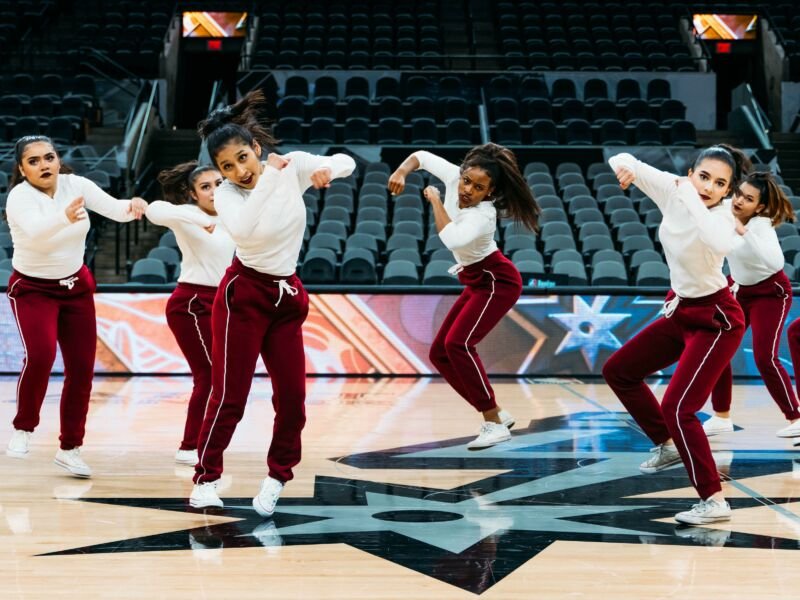
In the early days of dance competitions, the focus was primarily on classical dance styles such as ballet and tap. These competitions provided a platform for dancers to demonstrate their technical prowess, precision, and artistry. Classic dance competitions often followed a traditional format, with dancers performing solo or in groups, adhering to predetermined choreography.
The judging criteria for classic dance competitions revolved around factors such as technique, execution, musicality, and interpretation of the dance. Dancers were expected to display exceptional skills in areas like turnout, balance, jumps, and turns. Strong technical ability and adherence to established choreography were highly valued in these competitions.
Classic dance competitions played a crucial role in preserving and promoting traditional dance forms, cultivating discipline and technique in dancers, and providing a platform for them to refine their skills.
2. Introduction of Contemporary Dance
As dance styles continued to evolve, contemporary dance emerged as a popular and influential genre. Contemporary dance competitions began to make their mark, introducing a new dimension to the traditional dance competition landscape.
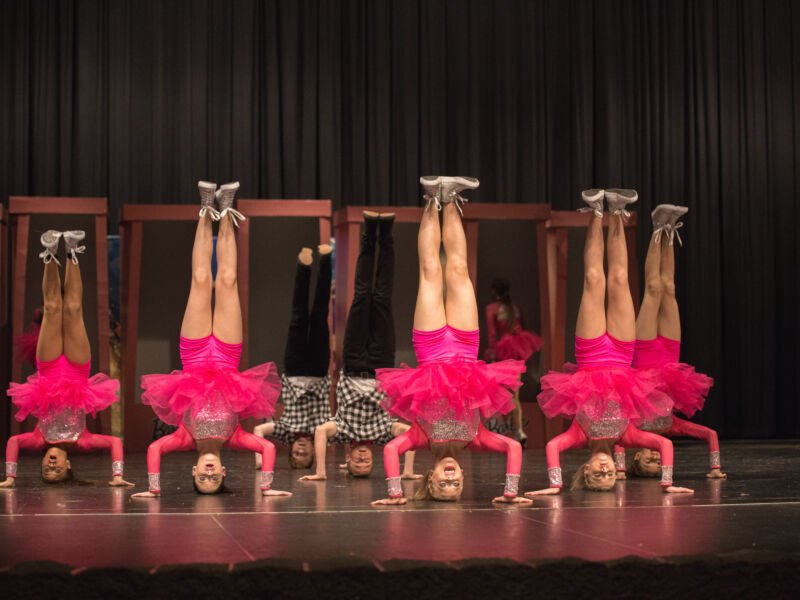
Contemporary dance competitions embraced a more fluid and expressive approach, encouraging dancers to push the boundaries of movement and explore their individuality. Dancers were given greater artistic freedom, allowing them to create their own choreography and showcase their unique style.
The judging criteria for contemporary dance competitions shifted to include factors such as creativity, emotion, storytelling, and innovation. Dancers were now evaluated based on their ability to convey a personal narrative, connect with the audience, and create a memorable experience through their movement.
Contemporary dance competitions provided a platform for dancers to experiment with different movement styles, blur the lines between genres, and challenge conventional norms. They allowed dancers to express their emotions authentically, break free from rigid structures, and embrace a more modern and inclusive approach to dance.
3. Fusion of Dance Styles
With the growing popularity of contemporary dance, competitions began to incorporate elements of various dance styles, promoting a fusion of techniques and movement vocabulary.
Dance competitions now featured categories that encompassed a diverse range of styles, including ballet, jazz, hip-hop, lyrical, acro, and more. Dancers were encouraged to explore multiple genres, blending different techniques and aesthetics to create unique and dynamic performances.
This shift allowed dancers to showcase their versatility and adaptability, nurturing a more holistic and well-rounded approach to their training. It also fostered collaboration and cross-pollination among dancers from different backgrounds, encouraging the exchange of ideas and artistic influences.
4. Evolution of Judging Criteria
As dance competitions evolved, so did the judging criteria. While technical proficiency and execution still played a vital role, other aspects became equally important.
Judges now considered factors such as stage presence, originality, musicality, costume design, and overall performance quality. They looked for dancers who could connect with the audience, tell a compelling story through movement, and deliver a captivating and memorable performance.
In addition to individual performances, dance competitions also introduced group categories, highlighting the importance of teamwork, synchronization, and coordination. Dancers were now evaluated not only on their individual skills, but also their ability to work together as a cohesive unit.
The Impact on Dancers and the Dance Industry
The evolution of dance competitions has had a profound impact on dancers and the dance industry as a whole.
1. Increased Exposure and Opportunities: Dance competitions provide dancers with a platform to gain exposure, showcase their talent, and attract the attention of industry professionals. Winning or placing well in competitions can open doors to scholarships, performance opportunities, and even professional contracts.
2. Pushing Artistic Boundaries: The introduction of contemporary and fusion categories has encouraged dancers to push their artistic boundaries, experiment with new styles, and explore their creativity. This has led to the creation of innovative and groundbreaking choreography, enriching the overall dance landscape.
3. Personal Growth and Development: Participating in dance competitions can be a transformative experience for dancers. They not only learn valuable skills such as perseverance, resilience, and discipline, but also gain confidence in their abilities and develop a strong work ethic.
4. Community Building: Dance competitions bring dancers from different backgrounds and regions together, fostering a sense of community and camaraderie. Dancers have the opportunity to connect with like-minded individuals, exchange ideas, and learn from each other.
5. Shaping Industry Standards: Dance competitions have played a crucial role in shaping industry standards and expectations. They have influenced the way dance is taught, choreographed, and performed, leading to advancements in technique, style, and presentation.
Overall, the evolution of dance competitions from classic to contemporary has transformed the way dance is perceived and celebrated. From showcasing technical precision to embracing artistic expression, dance competitions continue to evolve, reflecting the evolving nature of dance itself.
